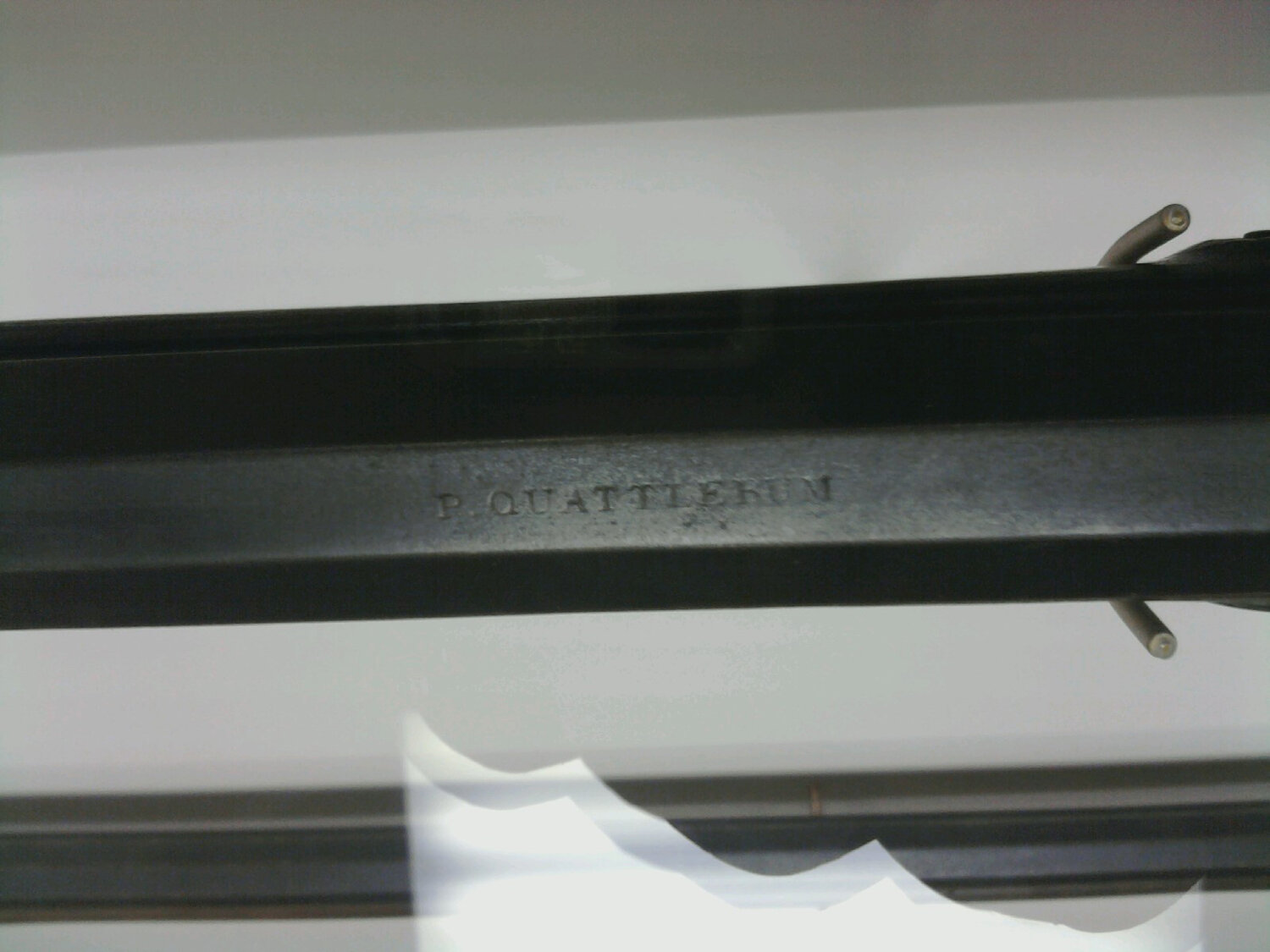The history of Lexington County’s two 19th century gunsmiths
Although most people think of Lexington in the 19th century as a primarily agricultural community, there were two gunsmiths here in Lexington County in the 1800s. The Quattlebaum and Hall families …
This item is available in full to subscribers.
Subscribe to continue reading. Already a subscriber? Sign in
Get 50% of all subscriptions for a limited time. Subscribe today.
Please log in to continueNeed an account?
|
The history of Lexington County’s two 19th century gunsmiths
Although most people think of Lexington in the 19th century as a primarily agricultural community, there were two gunsmiths here in Lexington County in the 1800s. The Quattlebaum and Hall families were both well-known in this area for the rifles they made. These two families, although they originated in different countries, both settled in the southern part of Lexington County (then known as Lexington District) and became celebrated rifle makers. Family legends tell that, although the two families were very friendly, they disagreed over the issue of slavery. The Quattlebaums defended its practice while the Hall family members thought it an abomination.
The Quattlebaum family, whose last name means quince tree in German, came to this country from Bavaria in the eighteenth century. They originally settled in Pennsylvania but moved to what is now Lexington County a few years later. Captain John Quattlebaum, who was born in the Dutch Fork area in 1774, probably began making rifles after serving in the militia during the War of 1812.
He may have learned this trade from his father. John settled along Lightwood Creek in the southern part of Lexington County and established a number of mills and a gunsmithing operation. His son Paul continued the rifle making tradition as his father became older.
Paul was more of a politician than his father and served in the S.C. House and Senate. He also served as a Brigadier General in the S.C. Militia. The Quattlebaums seem to have been great businessmen and supposedly were the first family in the state to have a circular saw as well as the first to make percussion cap rifles in the state.
As the state’s second secession crisis came to a head in 1860, Paul was elected to the Secession Convention and signed the Ordinance of Secession. Because a significant portion of his money was tied up in enslaved labor, Quattlebaum was hurt economically after the war, after which he apparently did not continue to make rifles after the war. His mills continued to operate, however, and he also invested in the Columbia to Augusta Railroad. Paul Quattlebaum died in 1890.
The Hall family’s background is somewhat murkier than the Quattlebaums. We know that they were of English heritage and probably settled in Virginia at first but moved to North Carolina. Elijah and his brother Joel left North Carolina around 1820 with the intent of moving to Alabama. Along the way, they met the Quattlebaum family and decided to settle beside them in southwestern Lexington County. Elijah began making rifles soon after.
Elijah Hall had seven sons drafted during the Civil War, with the sons being assigned to the Spiller and Burr Revolver manufacturing plant because of their knowledge of gunsmithing. The Halls and Quattlebaums combined their efforts to produce rifles for the Confederacy according to family tradition, although no evidence of this has been found. Hall came out of the war relatively unscathed as his business was not hurt and all of his children survived. He died in 1888 after falling off his horse.
At the Lexington County Museum, visitors can see examples of the beautiful rifles Elijah Hall and Paul Quattlebaum produced. These rare and wonderful artifacts are on permanent display in the museum’s Exhibit Hall.
J.R. Fennell has served as director of the Lexington County Museum since 2007. He holds a master’s degree in public history and a certificate of museum management from the University of South Carolina.
Keywords
lexington county history, j.r. fennell, sc firearmsOther items that may interest you







Comments
No comments on this item Please log in to comment by clicking here